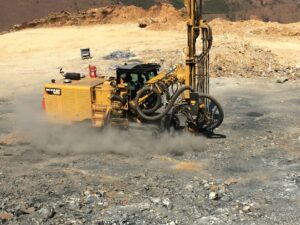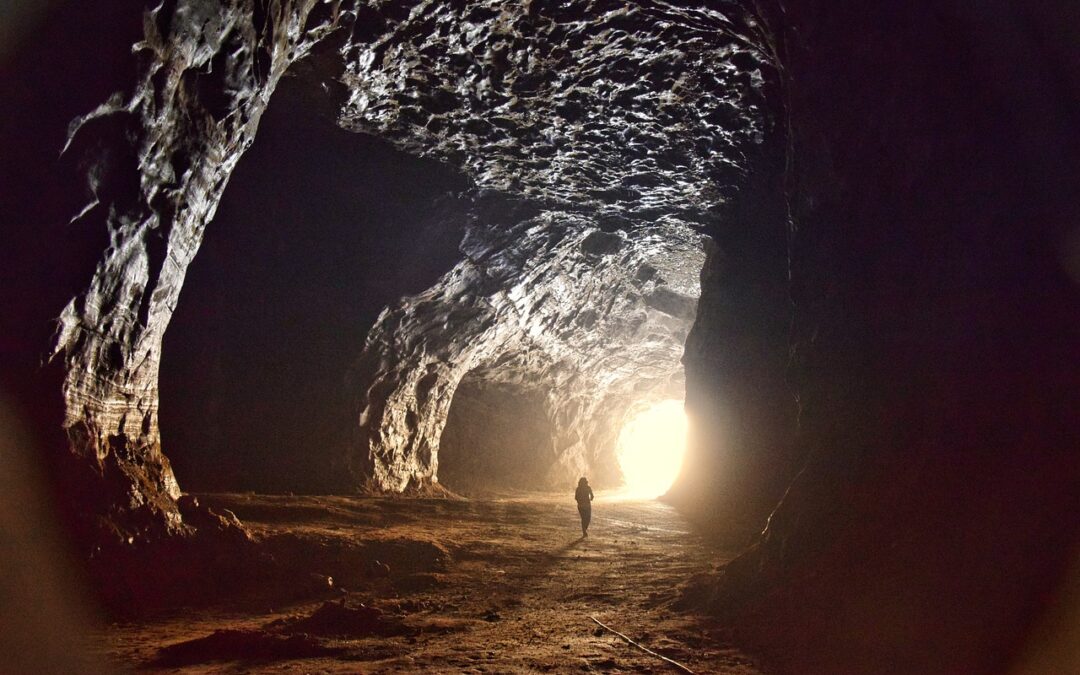Underground mining is a critical method of extracting valuable minerals and resources hidden beneath the earth’s surface. This technique has been pivotal in various industries, providing essential materials for construction, technology, and energy. However, the complexities of underground mining operations require stringent safety measures to protect workers from potential hazards. In this article, we will explore the fundamentals of underground mining, its advantages and disadvantages, safety protocols, and the future of mining practices.
What is Underground Mining?
Underground mining is a method used to extract minerals and ores that are located beneath the earth’s surface. This process involves creating tunnels or shafts to access these resources, making it a more complex operation compared to surface mining. Underground mining have been used for centuries, with historical records indicating that mining dates back to prehistoric times when early humans extracted copper and other materials from the earth.
A Brief History of Underground Mining
The history of underground mining can be traced back to ancient civilizations, where mining was conducted using rudimentary tools. The industrial revolution in the 18th century marked a significant advancement in mining techniques, leading to the development of more sophisticated machinery and safety measures.
The Function and Purpose of Underground Mining
The primary function of underground mining is to extract valuable minerals and resources that are not accessible through surface mining methods. This includes precious metals like gold and silver, as well as industrial minerals such as coal, limestone, and potash.
Elements of Underground Mining
Several key elements are integral to underground mines operations:
- Exploration: Identifying potential mining sites through geological surveys.
- Development: Creating infrastructure, including shafts and tunnels, to access ore bodies.
- Extraction: The actual process of removing minerals from the earth, using various mining techniques.
How Deep is an Underground Mine?
The depth of underground mining varies significantly, with some operations reaching depths of over 3,000 feet. The depth largely depends on the type of mineral being extracted and the geological conditions of the area.
Advantages and Disadvantages of Underground Mining
Advantages of Underground Mining
- Reduced Surface Impact: Underground mines minimizes land disturbance compared to surface mining, preserving ecosystems and landscapes.
- Access to Deeper Resources: It allows for the extraction of minerals located deep within the earth, which may not be accessible through other methods.
- Higher Resource Recovery: Underground mines techniques can lead to more efficient resource recovery, maximizing the amount of material extracted.
Disadvantages of Underground Mining
The primary disadvantage of underground mining is its higher operational costs, including the need for extensive infrastructure and ventilation systems.
Impacts of Underground Mining
- Environmental Concerns: Potential pollution from mining activities can affect surrounding ecosystems.
- Health Risks: Workers face exposure to hazardous conditions, including dust exposure and gas emissions.
- Safety Hazards: Underground mines poses significant risks, including collapses and accidents.
Common Practices and Equipment Used
Underground mining operations utilize various specialized equipment to facilitate the extraction of minerals. Common tools include:
- Drilling Rigs: Used for creating holes in rock for blasting.
- Loaders and Haulers: These vehicles transport extracted minerals to the surface.
- Continuous Miners: Machines that cut and gather material simultaneously.
Safety in Underground Mining
Safety is paramount in underground mines, given the numerous hazards workers may face. The Mine Safety and Health Administration (MSHA) enforces regulations to ensure the safety and health of miners.
The most frequent accidents in underground mines include roof collapses, equipment-related injuries, and exposure to harmful gases like methane.
To prevent collapses, mines implement engineering controls, such as proper support systems and regular inspections to identify potential hazards.
Enhancing Safety Through Training and Awareness
Training plays a crucial role in promoting safety in underground mines. Safety training consultants or trainers offer safety videos and resources to educate workers on potential hazards and proper safety measures.
Part 48 Training
Part 48 refers to the training requirements set by MSHA for underground miners. This training ensures that workers are well-prepared to handle emergencies and understand safety protocols. A miner who has undergone Part 46 training will need to complete Part 48 training as well if they are working in underground environments. Underground miners are required by law to complete Part 48, taught by a blue card-certified individual.

The Future of Underground Mining Safety
As mining technology evolves, so do safety measures in underground operations. Innovations such as remote-controlled machinery, real-time monitoring systems, and improved ventilation methods are paving the way for safer mining practices.
Underground Mining: Ensuring Safety and Efficiency
In summary, underground mines plays a vital role in resource extraction, with a rich history and a promising future. By understanding the risks involved and adhering to safety regulations, we can ensure that underground mining remains a safe and efficient method for obtaining essential minerals. Continuous improvement in training and technology is key to maintaining high safety standards for workers in this challenging environment.

